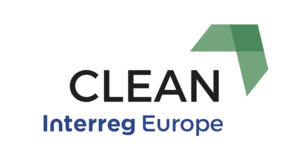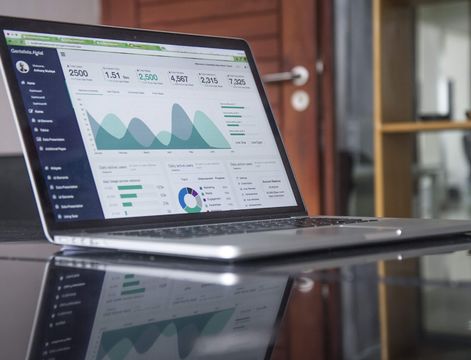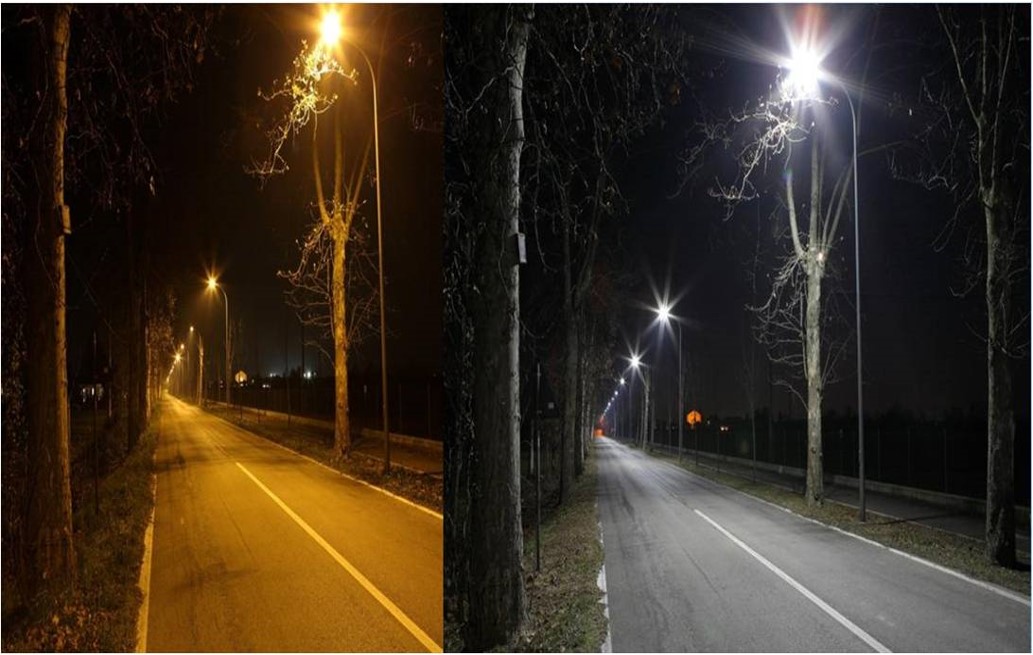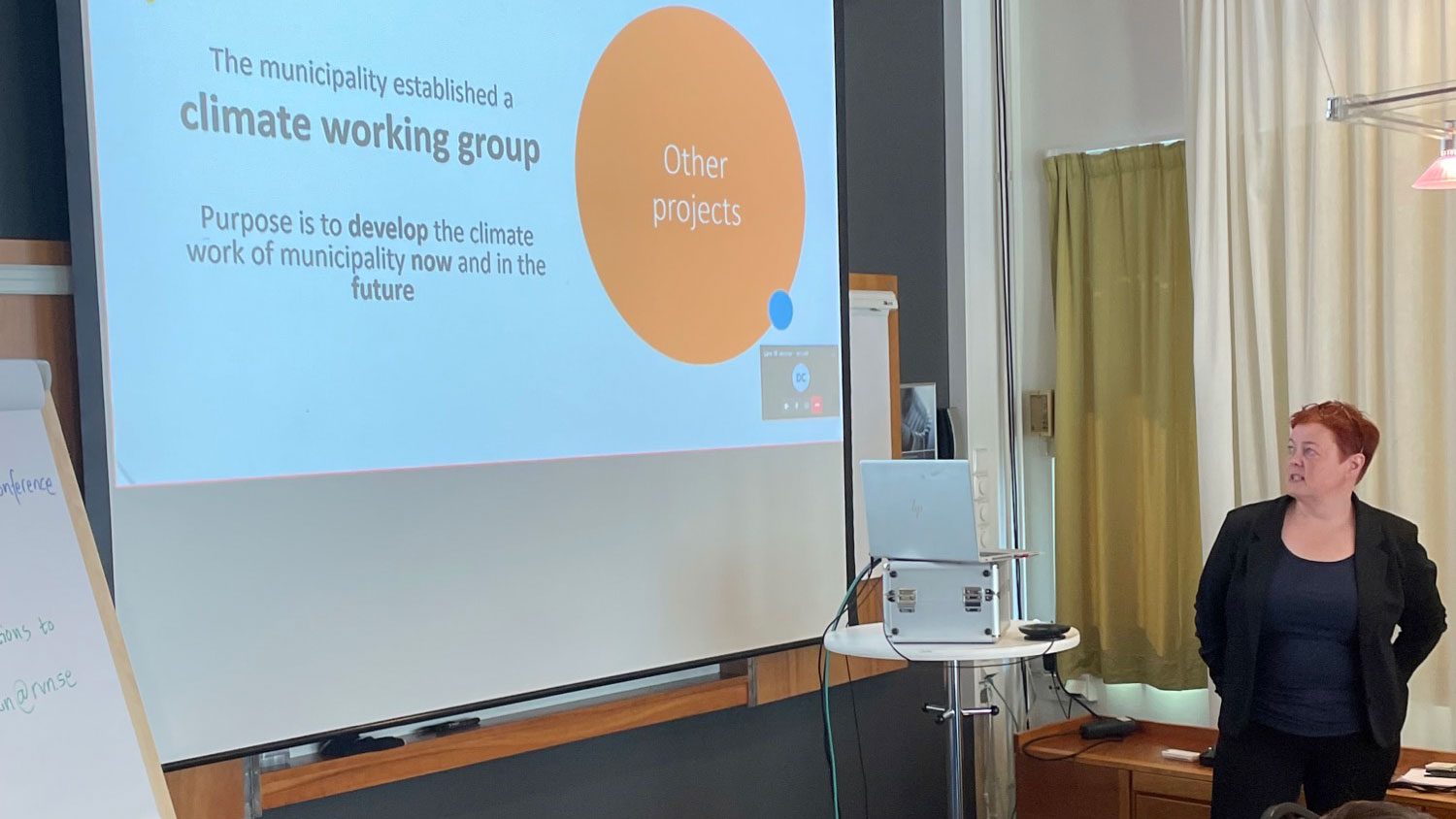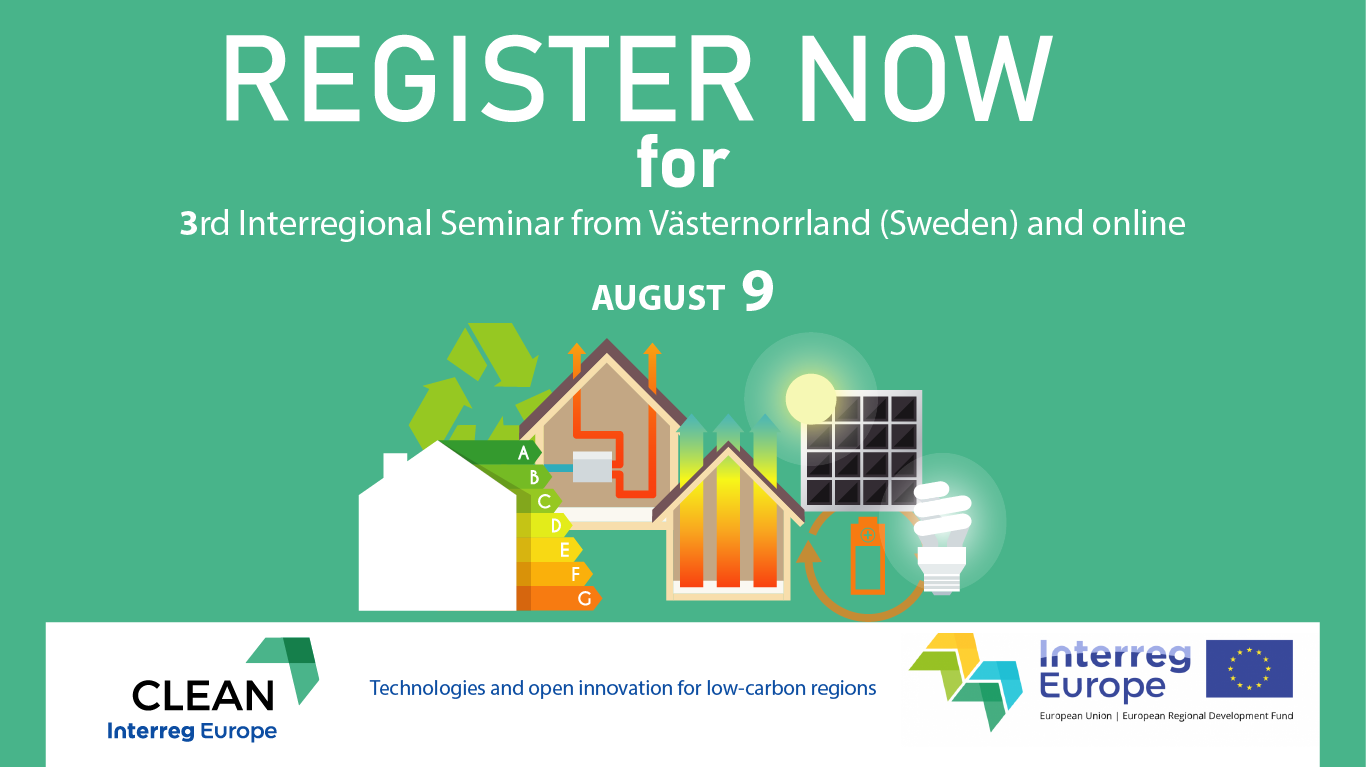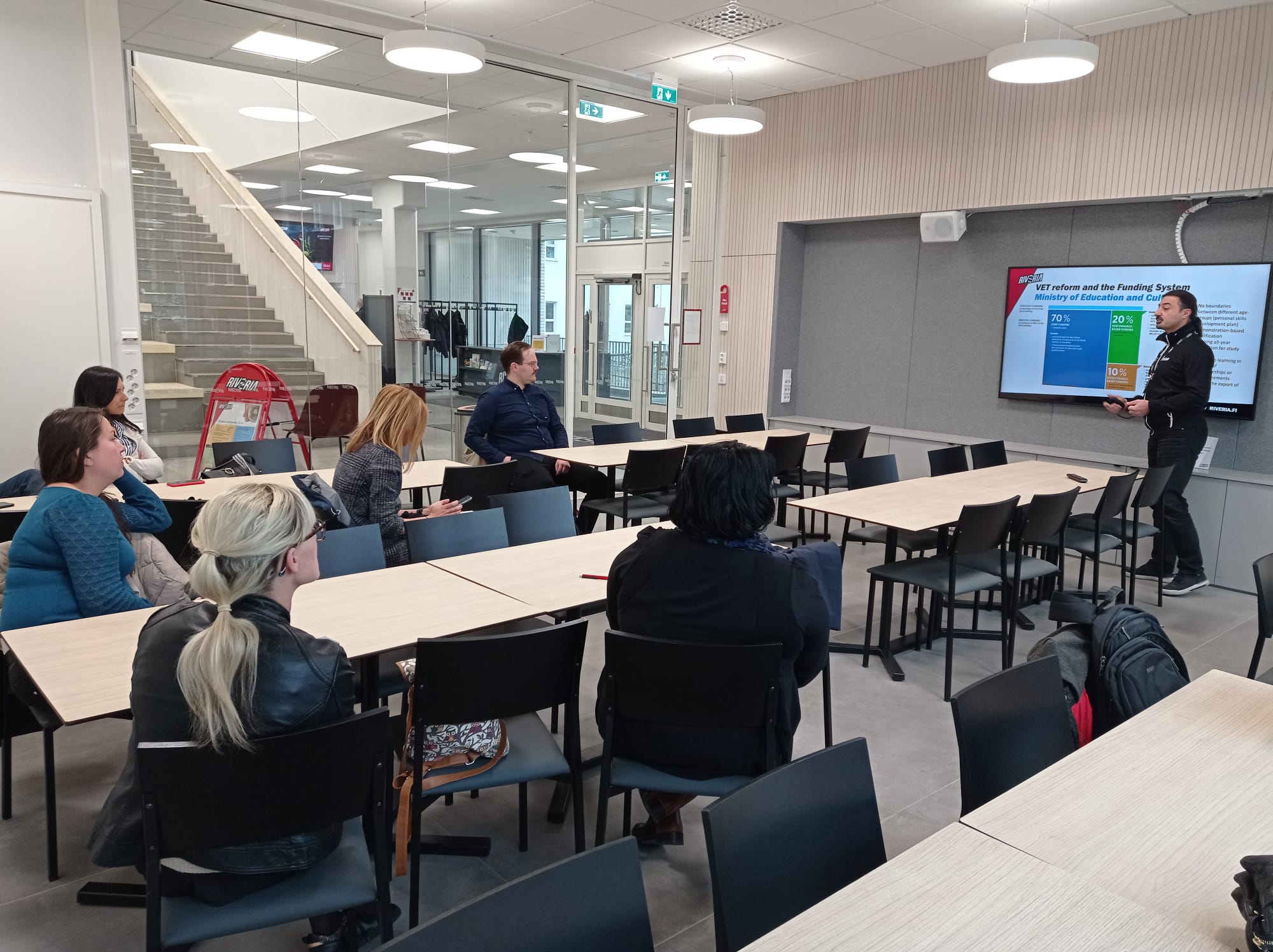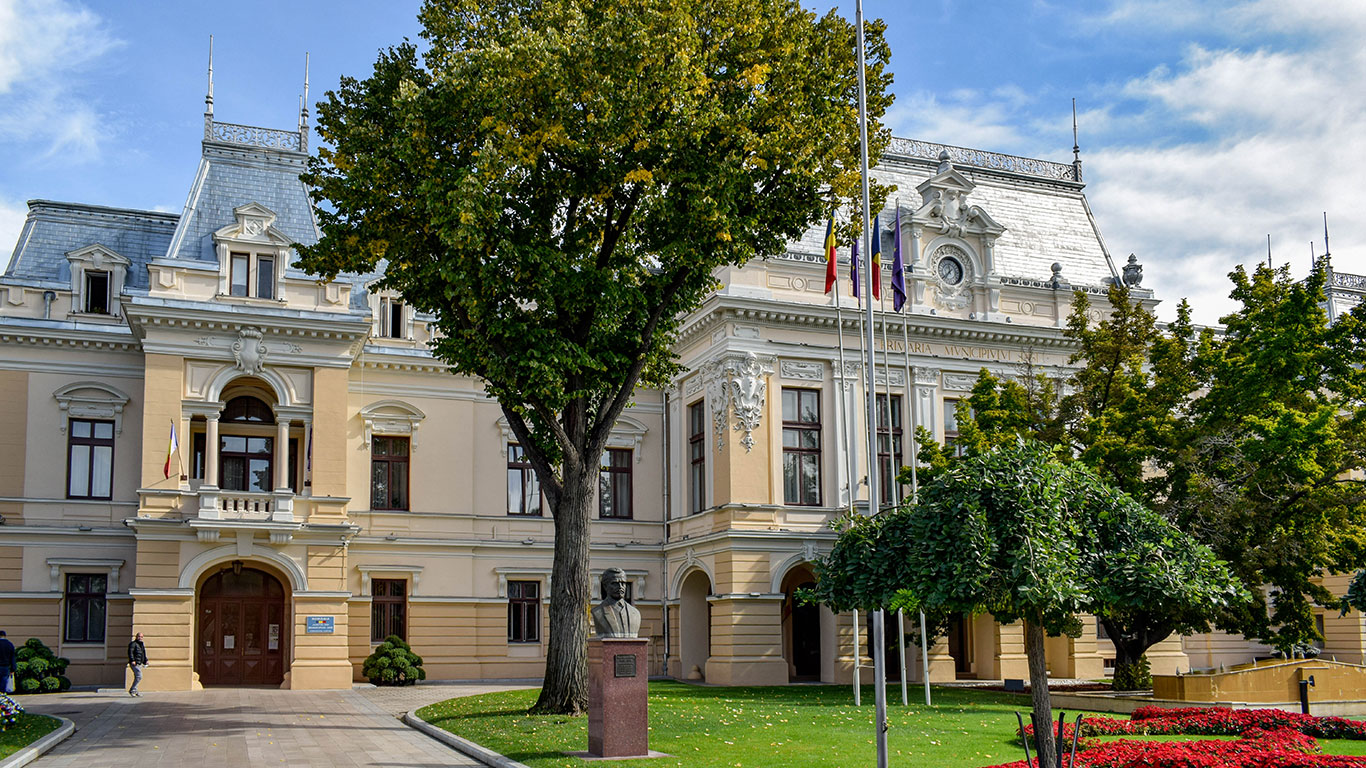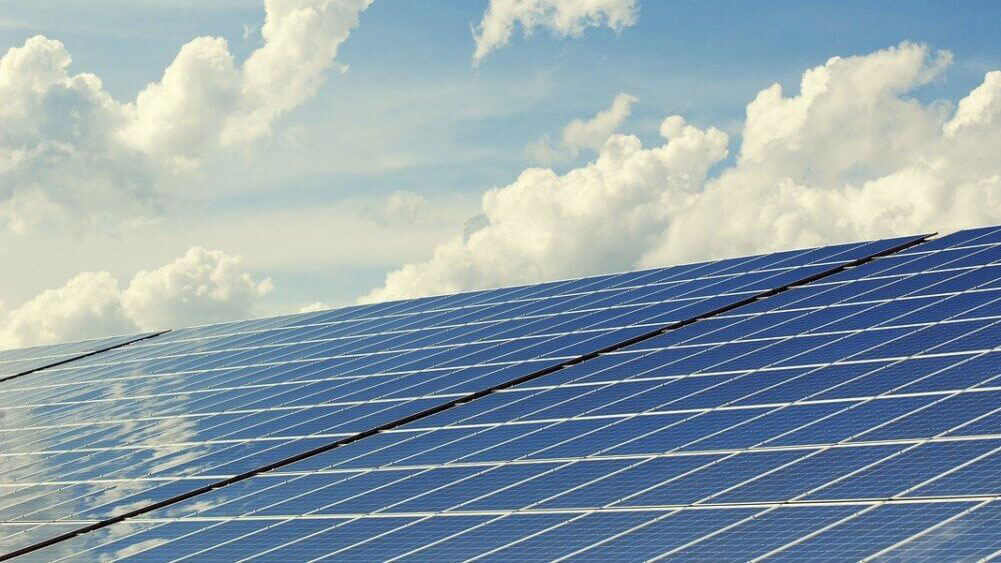EUR-Lex, Access to European Union Law, published a very interesting document with a Commission Recommendation (EU) 2016/1318 of 29 July 2016 on guidelines for the promotion of nearly zero-energy buildings (NZEBs) and best practices to ensure that, by 2020, all new buildings are NZEBs.
According to this document, "buildings are central to the EU's energy efficiency policy, as they account for nearly 40% of final energy consumption". Furthermore, it also ads that "the importance of the building sector for energy efficiency improvements was highlighted in the European Commission's Communication on energy efficiency and its contribution to energy security and the 2030 framework for climate and energy policy and in its Communication on a framework strategy for a resilient energy union with a forward-looking climate change policy".
The CLEAN partnership is aware of this situation and, since January 2017, the 9 partner regions are working together to increase energy efficiency in housing and public infrastructure by 4% through technology, open innovation and improved low-carbon policy instruments.
At this stage of the project, partners have identified over 30 good energy practices that have been already shared within the partnership. In that way, partner regions are currently reviewing them and selecting those that could be included in their Regional Action Plans to influence energy efficiency policies.
Find here the whole document ('© European Union, eur-lex.europa.eu, 1998-2019').
In the picture: Business Education Center – MIC, where there is a passive house, in Savinjska CLEAN partner region (Slovenia).
